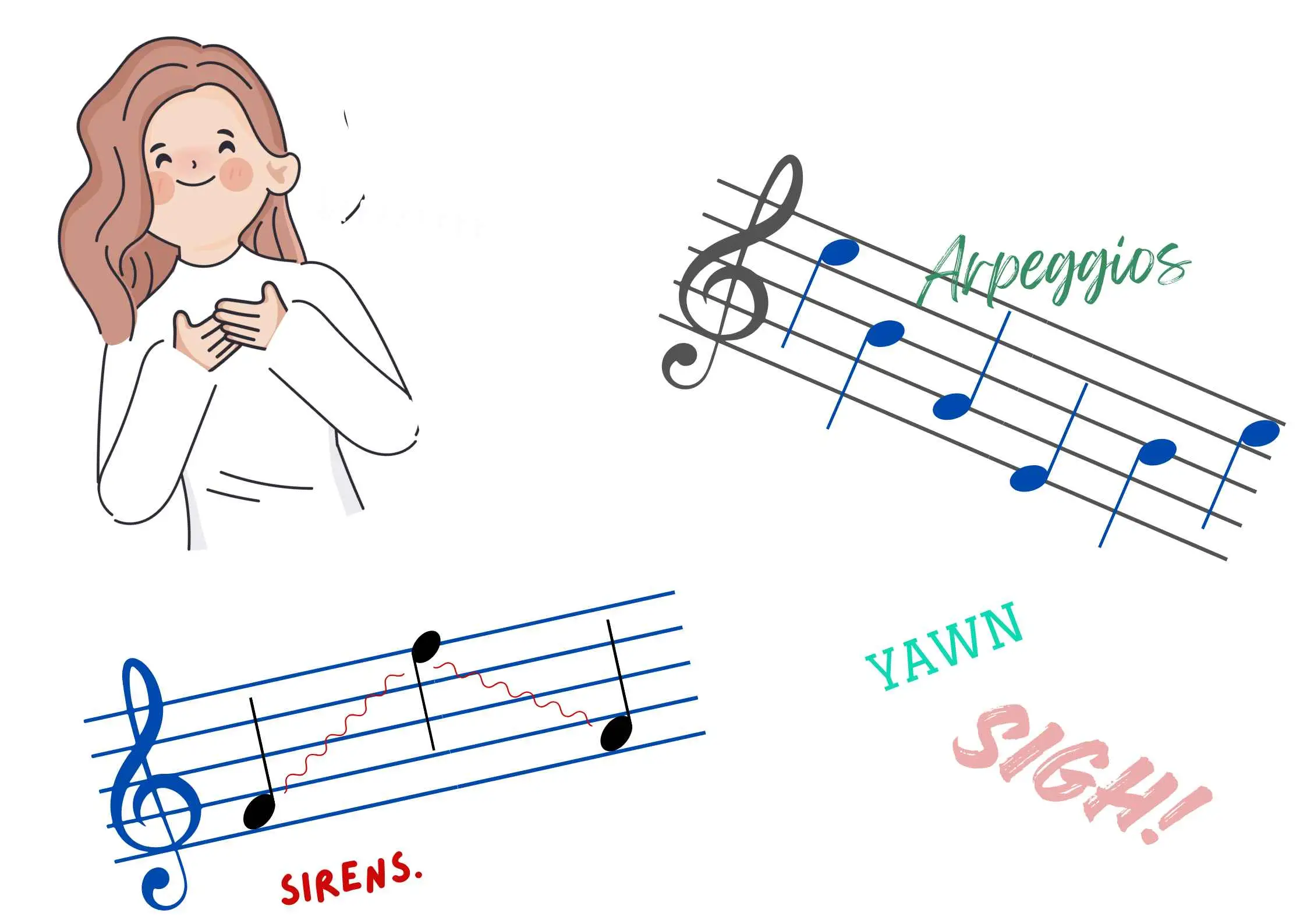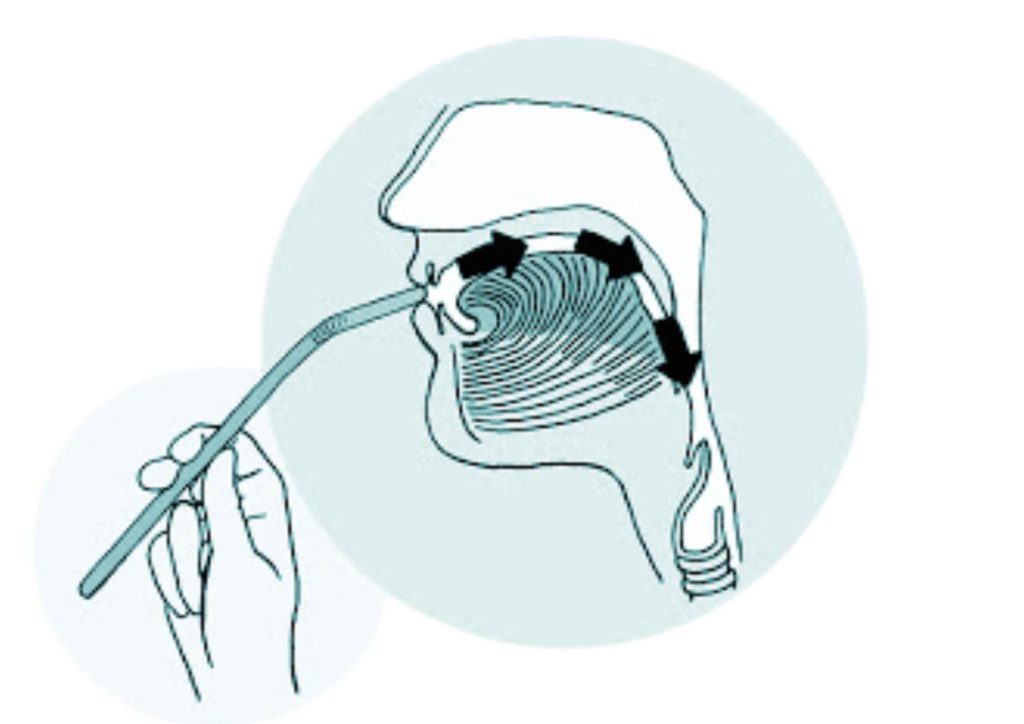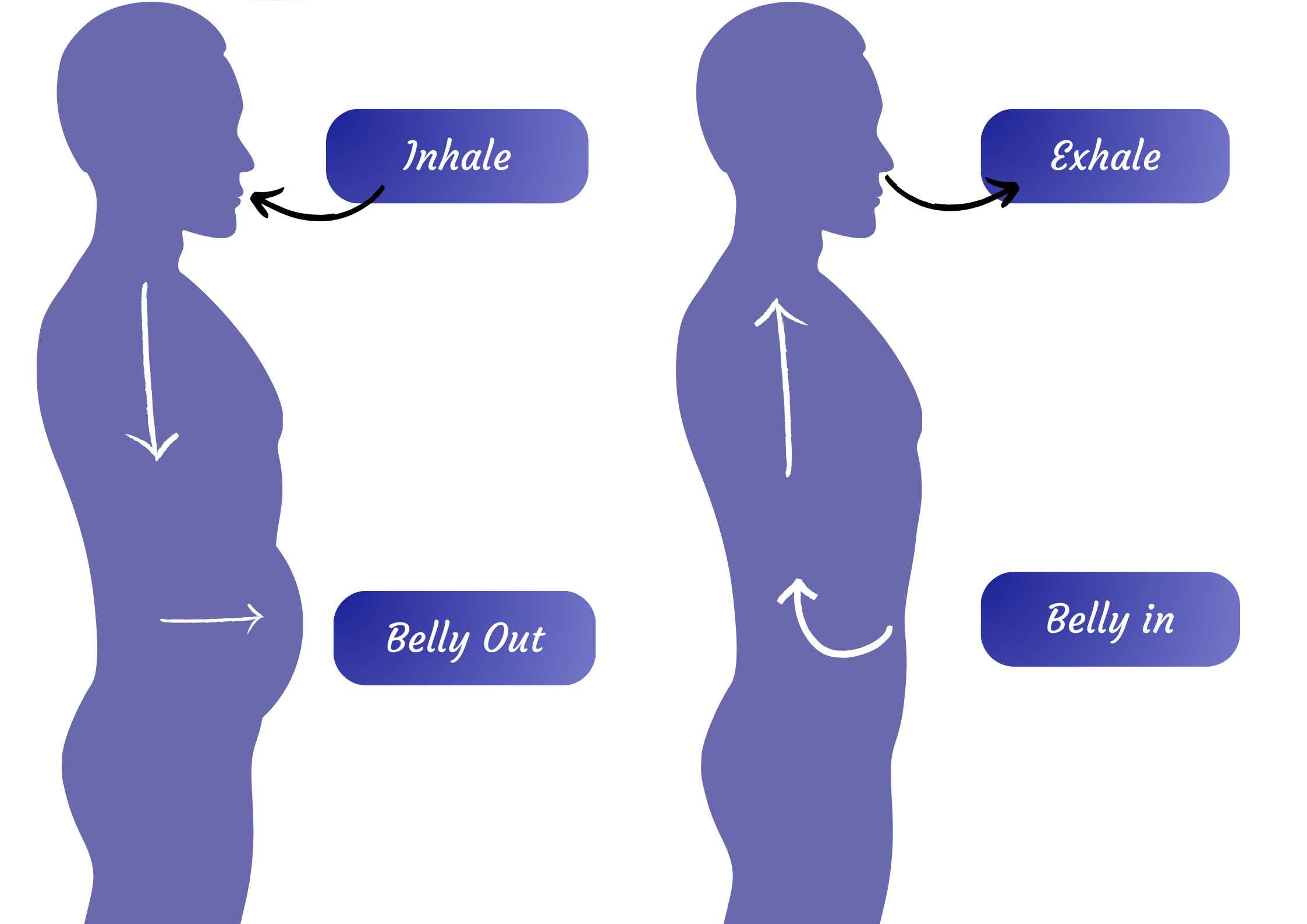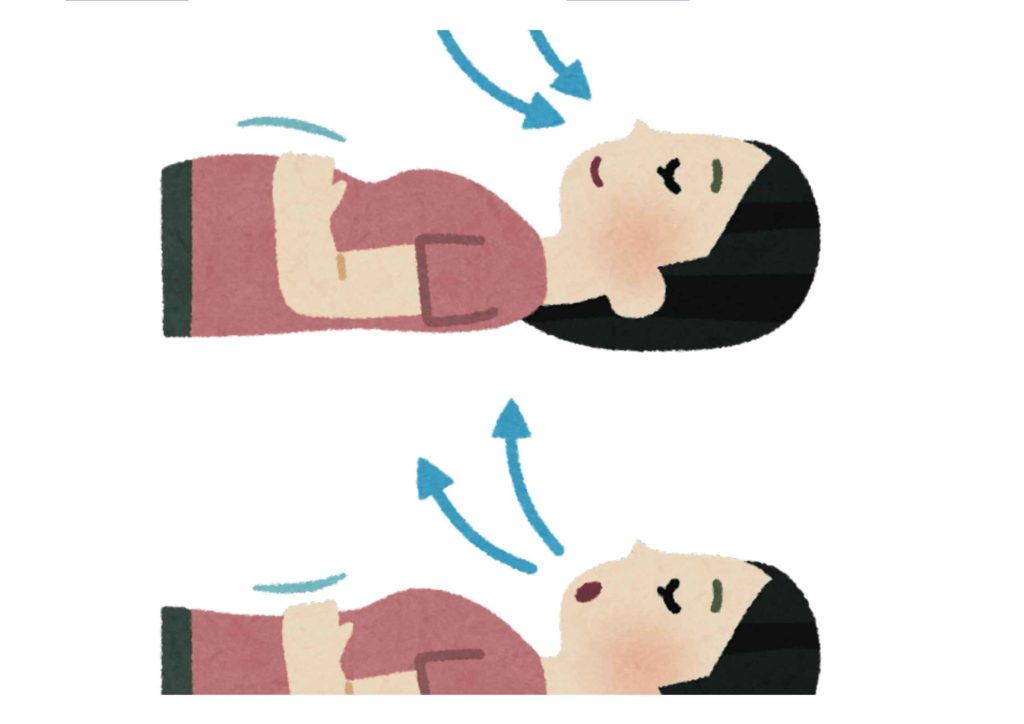Well, it’s said that learning has no age or limits. I do agree with this. The process of learning continues throughout one’s age. There is always something new to learn, whether it’s a new language, a new skill, or a new perspective on life and definitely, to learn how to sing especially if you are a music lover. I am going to lay out a few singing tips and lessons to learn how to sing better for beginners and kick-start your singing journey.

Singing is, like the soul’s way of expressing itself where emotions come alive through music and hearts connect in harmony.
Let’s begin!

All you need to do is take your time, look for few singing tips on how to sing better for beginners, dedicate yourself to regular practice, and you’ll see progress. Most of all have Patience.
How to Sing Better with Clear Voice
When ever you raise a question how to sing better? first thing you should consider is your vocal health. Your Voice is a part of your body. It cannot be replaced! It is also delicate and prone to damage if you don’t take care of it.
So what is vocal health then?
There are few healthy habits to take care of your voice. These are few habits to keep in check to have a good vocal health and improve your singing.
- Be sure to stay hydrated, especially when working out.
- Drink plenty of water to counterbalance your intake of alcohol and caffeinated drinks.
- Rest your voice during the day by taking vocal naps.
- Before you sing, warm up, and after you’ve worked on your voice for a while, cool down.
- Steer clear of yelling, shouting, screaming, and forced conversation.
- Take vocal rest if you have a sore throat (from illness). This means refraining from singing and minimizing conversation.
When is your voice unhealthy? How can you tell?
- Has your voice started sounding raspy or rough?
- Have you lost the capacity to sing certain high notes?
- Does the depth of your voice suddenly change?
- Is it common for your throat to feel scratchy, sore, or tight?
- Has talking become an effort?
- Do you frequently find yourself clearing your throat?
Now with these singing tips on how to sing to better. To maintain a good vocal health, let’s look into a few basics singing exercises for beginners that are needed to start practicing to tune your voice and improve your singing. This is the first thing that will teach you how to sing better.
Warm – Ups

What is Vocal warm up?
A vocal warm-up is a set of exercises designed to warm up the voice in preparation for singing. This is an important singing tip a singer should follow. Warm up your voices in order to preserve their health, maximize their tone, and guard them against any harm. You can sing more beautifully and comfortably, increasing your voice range when your voice is warmed up. It is very important that you warm up before singing at all times. This is a first thing that will teach you how to sing?
Here are a few singing exercises for beginners to introduce you to the concept of warming-up.
So when I said that it’s important to exercise to keep your vocal cords flexible, it is equally important to keep your body flexible when you sing.
One of my tutors always tells me that the muscles from head to toe are used while singing. I am putting out couple of stretches you can do before singing.
- Side stretches can make you feel as though your lungs are full of air by expanding your rib cage.
- Just inhale deeply and stretch your arms towards the roof. Lean gently to the left while letting out a breath. Try to hold it a few seconds before inhaling to the centre and repeat the same on the other side.
Breath Right!
Breathing exercises should be the next activity in your warm-up routine after finishing your body stretches. Breathing exercises can undoubtedly help you increase the vocal range and a great method to loosen up your vocal folds before a large recording. Look at this singing breathing exercise for beginners.
I call it a straw trick!

With a straw in your mouth, try humming or just take in deep breaths and let it out again. When your lips are sealed around a straw, your body and face remain still while your entire attention is drawn to your breathing.
‘Sss’ exercise.
Start by taking a comfortable length of time to inhale, and then release the air with a hissing sound that ends in a “sss.” Vary the length of time you inhale and hiss each time you perform the hissing exhale, trying to go longer with each hiss until you start to feel short of breath.
Understanding Pitch
It’s a simple word, really. But let’s look into what it actually means.
What is a pitch?
One of the most basic terms in all of music is pitch. The way the human ear perceives and interprets that frequency is known as pitch. Pitch rises with increasing frequency and falls with decreasing frequency.
Did you know?
Maintaining posture can greatly improve your singing performance? By standing or sitting upright keeping your shoulders relaxed and lifting your chest slightly you give your lungs the space to expand fully which in turn enhances your breath support, for singing. This proper posture also aids in aligning your cords leading to tone projection and better control over your voice. Therefore, before you start singing time be sure to pay attention to your posture—it could have an impact, on how you sound!
While learning to sing its absolutely necessary to know if you’re matching the pitch that you hear. If you’re working with a vocal tutor, she/he will help you understand this much better. But if you’re trying to learn by yourself, do not worry because there are tons of apps online. I will leave the links below.
Try to Extend Your Vocal-range
When you practice, you’ll undoubtedly find that your vocal range expands! However, it’s beneficial to identify or know your current range. I will spell this out with few warm-up exercises.
These Vocal warm-up exercises are sung using the solfege syllables- Do Re Mi Fa Sol La Ti Do
Every note in a scale is assigned a distinct syllable in the solfege system, also known as “solfeggio” or “solfa,” which is used to sing that note each time it appears.

Get Your Posture Right.
A sound singing method starts with proper posture (alignment of the body). Maintaining proper posture makes sure that, rather than pushing against our bodies to produce a pleasing sound, we’re utilizing them and how they work at their best.
Let me show you the proper singing posture for beginners from the bottom up
- Make sure your feet are hip-distance apart when you stand up. The right foot can be positioned somewhat forward if you are right-handed. Your can lead with your left hand if you’re left handed.
- Make sure the knees aren’t locked and the hips are gently tucked under.
- Roll your shoulders back and down, putting your arms by your sides.
This posture not only prepares you for proper breathing, but it also helps show your confidence.
Two things to keep in mind:
- You need to be aware of your lower jaw position. It should not be pushed out rather tucked in.
- You should be careful and avoid your chest region collapsing, ending up loosening your back.
So far so good! Now when you do your warm-up routine, always keep in mind you try the proper singing posture for better results.
Breath is your Fuel
With that being said, breathing is very important in singing. Also, maintaining stamina and regularity in singing requires proper breathing.
The idea is to breathe in a way that expands the belly, ribs, and back while taking calm, silent breaths—typically through the mouth because singing requires an open mouth.
This is called Diaphragmatic breathing.
Breathing shallowly, or clavicular, means that the chest rises and falls and that is something we must avoid. This means your shoulders do not move when you inhale.

Learn to practice Diaphragmatic Breathing:
- Choose a comfortable spot to sit or lie down.
- Put one hand on your abdomen and the other on your chest.
- Take a four-second deep breath through your nose and feel your belly grow.
- Take two deep breaths and hold them.
- Breathe out through your lips gently and steadily for approximately six seconds.

Take care not to breathe in too much! Your body will eventually adjust to the amount of breath required for a certain sentence. However, “deep breathing” should not be confused with maximal filling. Tension will arise if you breathe in more air than you require since your body will have to hold all that extra air back.
Establish A Daily Practice Schedule You Can Stick To!
As with many habits, brief but regular practice is preferable to a few long practice sessions, particularly when it comes to singing. Start practice your singing for 10 to 20 minutes each day, or longer initially.
Basically you can,
- Select a time of day when you feel comfortable speaking.
- Locate a place where you can be alone.
- Have good self-hearing abilities.
- Practice standing up all the time!
The following is a general outline to help you arrange your daily routine:
- Begin stretching your body and do not forget your jaws.
- Breathing exercise with stretches
‘Sss’ exercise.
Start by taking a comfortable length of time to inhale, and then release the air with a hissing sound that ends in a “sss.” Vary the length of time you inhale and hiss each time you perform the hissing exhale, trying to go longer with each hiss until you start to feel short of breath.
- Light vocal warm-up (hum, lip-trill, etc.)
- Simple vocal exercises to improve resonance, vowels, etc.
- Slightly difficult warm-ups (for improving agility, dynamics, belting, etc.)

- Work with songs and/or ear training
Let me give you few suggestions of simple songs to begin with
- Count on me – Bruno Mars
- Can’t help falling in love with you – Elvis Presely
- Here comes the sun- The Beatles
- City of stars – La la land
- Love me like you do – Ellie Goulding
- Thousand years – Christina Perri
- Blue night – MLTR
- Halo – Beyonce
- I see the light – Mandy Moore
- Just the way you are – Bruno Mars
- Warm down with a stretch or massage and a high-to-low lip trill or siren.
Essential points to NEVER FORGET
Drop your jaw
By default, most singers (beginners, incl., trained) close their mouths. This causes jaw tightness and is incredibly restrictive. Drop that jaw (I always ask my learners to imagine eating a burger) for your best volume and tone (without straining)
It makes the most sense to breathe with an open mouth as singing requires an open mouth.
Make use of a Mirror
Singing while facing a mirror to examine Mouth Position and Posture is just a great tip for improve your singing. This also an answer to the million dollar question – how to overcome singing shyness?
This is particularly crucial if you’re learning voice on your own without a teacher. It is up to you to maintain your Posture in a tension-free state.
Keep an eye out for
- Forward-rolling shoulders
- Chest relaxing
- Chin or jaw extending forward
- Tight or pinched jaw
- Tense neck muscles
- Tongue pushing inward
Lets Conclude!
Set A Goal. Actually, set more than one! Clear, realistic goals will help you stay focused and motivated as you continue to learn and develop your voice. Maybe the objective should be to “increase my comfortable range by 1 whole step” rather than “sing really high.” I agree, its a small step, but believe it will be a great motivation when you actually do it. If you want to improve your singing ability with professional singing classes You can book a free demo for singing classes at MUSIC MASTER.
Tap into your side with our manual on composing a song! Learn how to weave captivating lyrics and craft tunes uncovering insights and methods to breathe life into your musical concepts. Whether you’re a lyricist or a beginner this all-encompassing guide will motivate you to explore your creativity.
FAQs
How to overcome shyness and sing confidently?
Sing while facing a mirror to examine Mouth Position and Posture is an excellent tip to overcome shyness and sing confidently.
Simple vocal exercises for beginners to warm up the voice?
Humming, Breathing exercises, Dropping your jaw, Lip trills, Tongue trill, Sirens, Vocal Sirens, Tongue trills are some of the simple vocal exercises for beginners to warm up the voice.
What are the tips for choosing songs that fit your vocal range and style?
Finding which type of voice you belong to is a great tip for choosing songs.
How to improve breath control?
The idea is to breathe in a way that expands the belly, ribs, and back while taking calm, silent breaths—typically through the mouth because singing requires an open mouth. This is called Diaphragmatic breathing.
Is it too late to start singing as an adult?
No, it is absolutely not late to start singing as an adult. Practise and patience will make everything better.
How to learn songs by ear or from sheet music?
The best way to learn songs by ear or from sheet music is taking professional assistance to train your ear.
Related blog: Drinks to have a good voice































